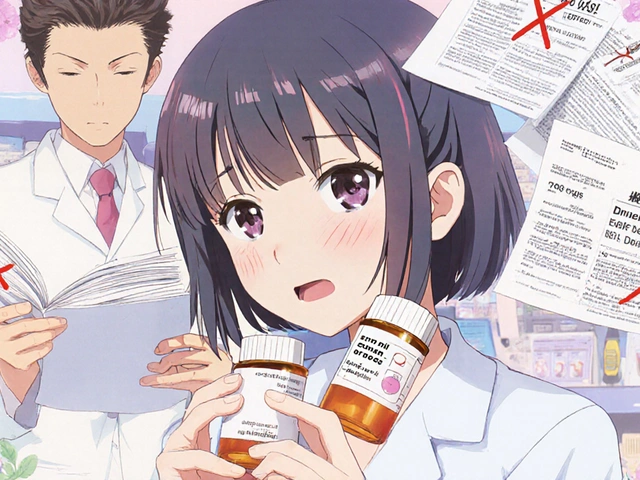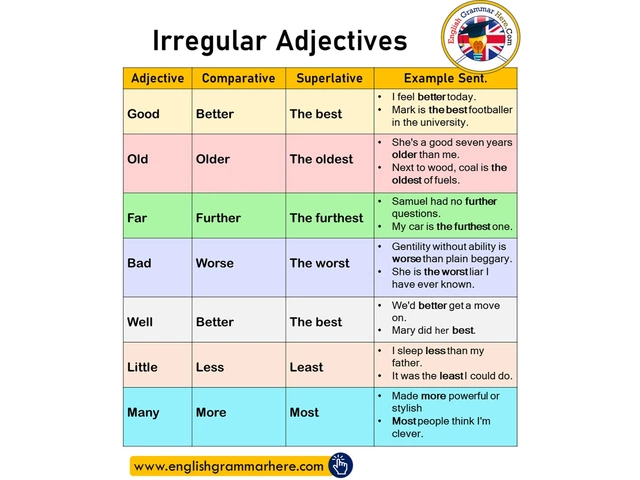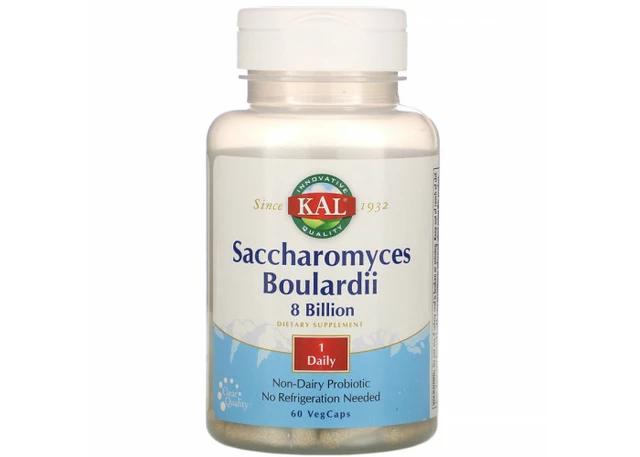Dental infections: causes, signs, and what to do now
Got a toothache that won't quit? That could be a dental infection. These start small—tooth decay, cracked teeth, or gum disease—and can turn into a painful abscess if ignored. The good news: most dental infections are treatable if you act quickly. This page helps you spot the signs, know when to get care, and understand common treatments and medicines.
When to see a dentist right away
Don’t wait if you have severe, worsening pain, a swollen cheek or jaw, trouble breathing or swallowing, fever, or spreading facial swelling. Those are red flags that the infection might be spreading beyond the tooth. Mild soreness? Book a dentist within a few days. Intense symptoms? Head to urgent dental care or an emergency room.
Also watch for these specifics: constant throbbing pain, pain that wakes you at night, a bad taste or foul breath that sticks around, or a visible bump (an oral abscess) near the gum. Any of those means you should see a professional rather than trying to fix it at home for long.
Treatment options and medicines
Treatment targets both the source and the infection. Your dentist may drain an abscess, do a root canal to save the tooth, or remove a tooth if it’s too damaged. Cleaning and draining reduce pressure and pain fast. For many cases, a single procedure plus proper drainage solves the problem.
Antibiotics help when the infection has spread or the immune system needs backup. Common choices include amoxicillin, metronidazole (Flagyl), clindamycin, or cephalexin (Keflex). Don’t self-prescribe: a dentist or doctor should pick the drug, dose, and length of treatment. If you’re curious about alternatives to Keflex for dental infections, see our article "Keflex Alternatives in 2025" for practical options and when they’re used.
If you’re buying meds online or across the border to save money, check reviews and pharmacy legitimacy. Our site has guides on online pharmacies and how to shop safely, including tips on comparing prices in Mexico.
At-home steps that help while you wait for care: rinse with warm saltwater several times a day, use over-the-counter pain relievers (ibuprofen works well), apply a cold pack to reduce swelling, and avoid chewing on the painful side. Skip alcohol or aspirin applied directly to the gum—those can irritate tissue.
Avoid earning resistance: finish the whole antibiotic course if one is prescribed, even if you feel better early. If pain or swelling returns after treatment, get back to your dentist—recurrence can mean an unresolved source that needs another procedure.
Want more practical reads? Check the tag posts here for guides on antibiotics, shopping for meds, and specific drug alternatives. If you have a pressing symptom, contact a dentist now—quick care usually means a faster, more affordable fix.





